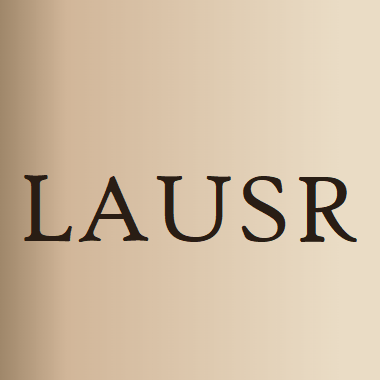
Rhodopseudomonas palustris is a purple photosynthetic bacterium that accumulates in the inner membrane the photosynthetic pigment spirilloxanthin, formed from lycopene. Here, we describe the procedures used to successfully engineer Rps.… Click to show full abstract
Rhodopseudomonas palustris is a purple photosynthetic bacterium that accumulates in the inner membrane the photosynthetic pigment spirilloxanthin, formed from lycopene. Here, we describe the procedures used to successfully engineer Rps. palustris strains to reroute the production of lycopene toward the synthesis of ß-carotene or canthaxanthin. The crtCD genes specifically involved in spirilloxanthin were replaced by crtY and crtW genes from Bradyrhizobium ORS278 to synthesize ß-carotene and (or) canthaxanthin, two pigments of industrial interest. Since the synthesis of canthaxanthin depends on the presence of oxygen, the procedure to optimize their production is also proposed. By modulating the light and oxygen during the growth process, a single species of photosynthetic bacteria, with an efficient growth rate, produces various carotenoids of economical interest.
Journal Title: Methods in molecular biology
Year Published: 2018
Link to full text (if available)
Share on Social Media: Sign Up to like & get
recommendations!